TechRadar Verdict
The Huawei P40's hardware is as great as the last few generations of the company's flagship phones, but there are limitations. You don't get wireless charging or a high refresh rate screen by opting for the P40, which a lot of other phones around this price offer. The biggest restriction continues to be the lack of Google Mobile Services that hampers this device as you don't have access to some of the most popular Android applications and services.
Pros
- +
Fantastic battery life
- +
Great camera
- +
Powerful chipset
Cons
- -
Severely limited software
- -
No wireless charging
- -
Not water resistant enough
Why you can trust TechRadar
Two-minute review
The Huawei P40 is a top phone with some fantastic hardware combined to make a stunning experience when it comes to camera, battery life, and a variety of other top-end features you’ll want from a modern smartphone.
Much like every recent Huawei phone, the P40 is hampered by its software. The Huawei ban in the US has restricted the Chinese company’s use of the Google Mobile Services apps, so you’re now left with a much more limited experience.
That’s mostly owing to the lack of Google Play Store functionality, and while the Huawei AppGallery - the company’s alternative app store - does offer a number of apps, it’s hard for Huawei to compete with the Google behemoth that many developers have flocked to for years.
Huawei's AppGallery is improving in leaps and bounds all the time though, with new apps added all the time - the introduction of Petal Search is the real game-changer though. This search console lets you find APKs of popular apps - this basically lets you install them via the internet, rather than an app store, and is a handy way of filling up your app library.
The P40 isn’t as high-end as either the Huawei P40 Pro or the Huawei P40 Pro Plus that were announced alongside it, but it’s still an impressive piece of hardware if you can overcome the software issues.
Huawei’s rear camera technology here is genuinely brilliant - especially considering the lower price of this device when compared to the P40 Pro - and the phone offers strong performance, as it uses a top-end chipset developed by the company.
It’s capable of 5G connectivity if you’re on a compatible plan, and it includes a lot of the features you’ll be looking for from a high-end phone.
Sign up for breaking news, reviews, opinion, top tech deals, and more.
So the glaring issue is simply the restriction in software, which makes the Huawei P40 a difficult product to recommend in markets such as the UK or Australia. To find out whether you can overcome or overlook this issue, you’ll probably want to read on for our full Huawei P40 review.

Huawei P40 release date and price
- Out now in the UK and Australia
- No sign of it coming to the US
- Launch price was £699 / AU$1,099
The Huawei P40 was unveiled in March 2020, and then it was released in a variety of countries around the world in April. The phone is currently available in the UK, other parts of Europe, Australia, and the Middle East.
In the UK, its launch price was £699 while in Australia it costs AU$1,099 (around $900). That’s more affordable than both the Huawei P40 Pro and Huawei P40 Pro Plus that were announced at the same time, as well as the Mate 40 Pro launched later in 2020.
There are higher storage variants in some regions, but that price above is for the 8GB of RAM and 128GB of storage variant, which is the most common in both the UK and Australia.
Huawei smartphones are currently not available through US carriers or major retailers there, though it's still possible to buy them. This usually means a higher cost or relying on unverified online retailers, and the software may not be optimized for US networks.
Huawei smartphones are currently not available through US carriers or major retailers, though it's still possible to buy them. This usually means a higher cost or relying on unverified online retailers, and software may not be optimized for US networks.
Design
- Doesn't sport P40 Pro curved display design
- Has a ceramic feel on the rear, but is glass
- Comes in five different colors
The Huawei P40 misses out on the 'Quad-curve Overflow Display' display found on the P40 Pro, so it looks much more traditional with its flat sheet of glass on the front. It’s still an attractive looking device, though.
The phone packs a pre-fitted screen protector, a hefty dual-camera cut-out in the top left of the display, and buffed, curved metal around the sides, top and bottom. It’s a good-looking phone that feels premium, even if it isn’t as stand-out as its bigger brother.
The rear of the phone is made of glass with a ceramic effect. It feels comfortable on your palm, and gives the phone a unique feel compared to other high-end handsets that don’t opt for the ceramic design.
The phone is available in Blush Gold and Deep Sea Blue, which are both pictured this review, as well as Black, Ice White and Silver Frost. We particularly liked the Blush Gold color as it gave the device a unique look, but the other shades may suit you if you’re looking for something a touch subtler.
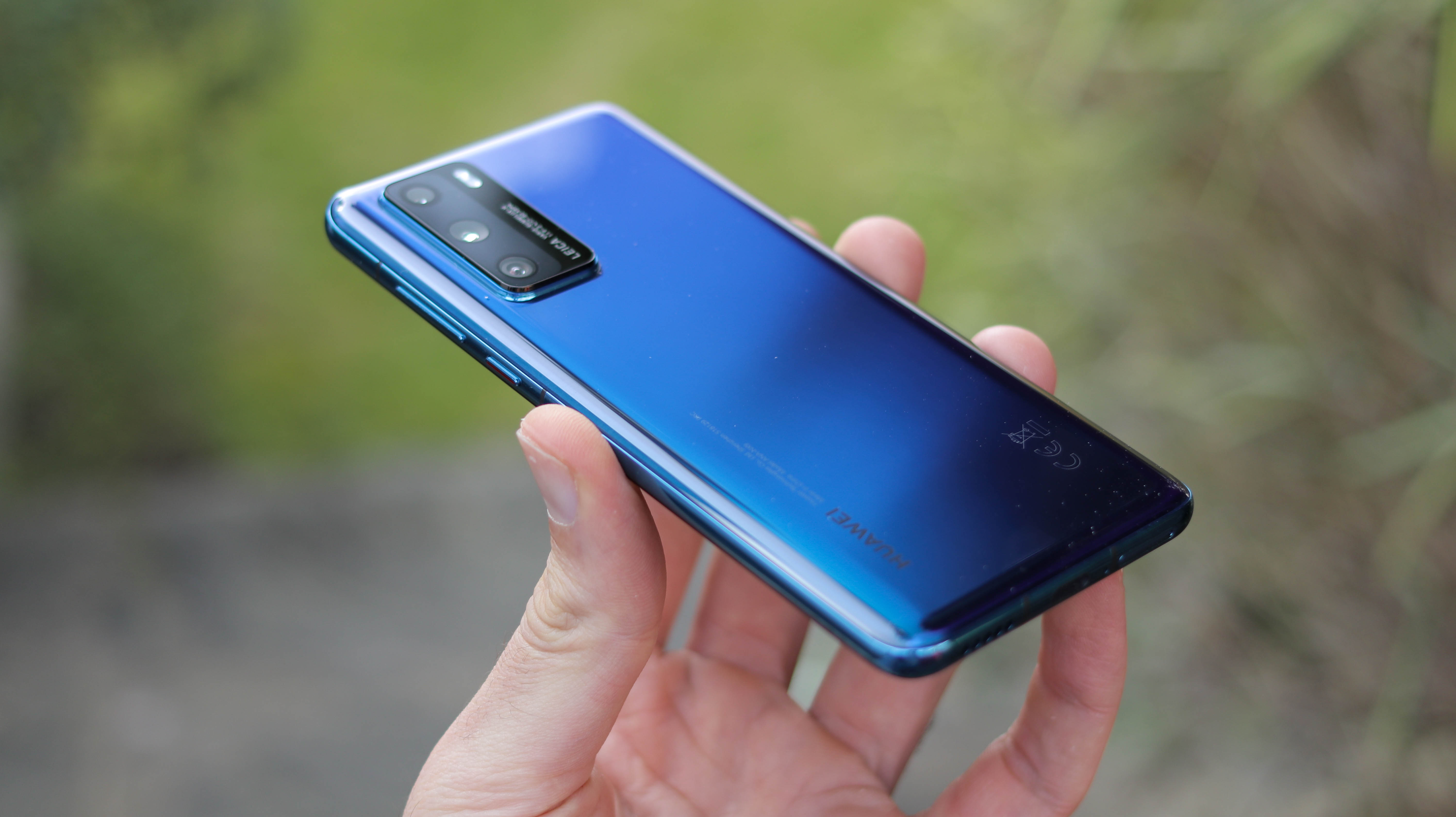
At 148.9 x 71.1 x 8.5mm the Huawei P40 is a touch shorter than the Galaxy S20, which measures 151.7mm tall. That said, it’s thicker, owing to a pronounced camera bump, housing that huge 50MP sensor. There’s also a 3x zoom telephoto module, giving it the same zoom as the Huawei Mate 30 Pro.
That camera bump is sure to cause you issues if you plan to use the device lying down on a table, but it’s a similar style to what we’ve seen in a lot of other modern smartphones recently.
The power button and volume keys are on the right side of the phone, while the bottom houses the USB Type-C port and the single downward-firing speaker. The dual nanoSIM tray is also located here, and can also be used to expand storage with Huawei’s proprietary Nano Memory cards.
It’s also important to note that this device doesn’t have the IP rating you may expect. It’s IP53 dust and water resistant, which means it’s not recommended you submerge this device in water, as that level of resistance is mostly designed just for splash protection.
Overall, the Huawei P40 is easier to use in the hand than its two sibling devices, but it doesn’t feel or look as premium as either of those devices. That said, it still looks a lot better than many other high-end phones.
Display
- A large 6.1-inch display that is easy to use in one hand
- It's a Full HD display but still looks great
- Doesn't impress like some other flagship screens
The 6.1-inch display on the Huawei P40 has a resolution of 1080 x 2340, making it Wide Full HD. This isn’t class-leading for the price, falling behind the screen of the OnePlus 7T Pro by some margin, for example. That said, it’s still better than the iPhone 11 from a clarity point of view.
It comes in at 422 pixels per inch, which is a decent amount. Many may be upset to learn it isn’t a QHD display, but we didn’t find that an issue during our time with the phone.
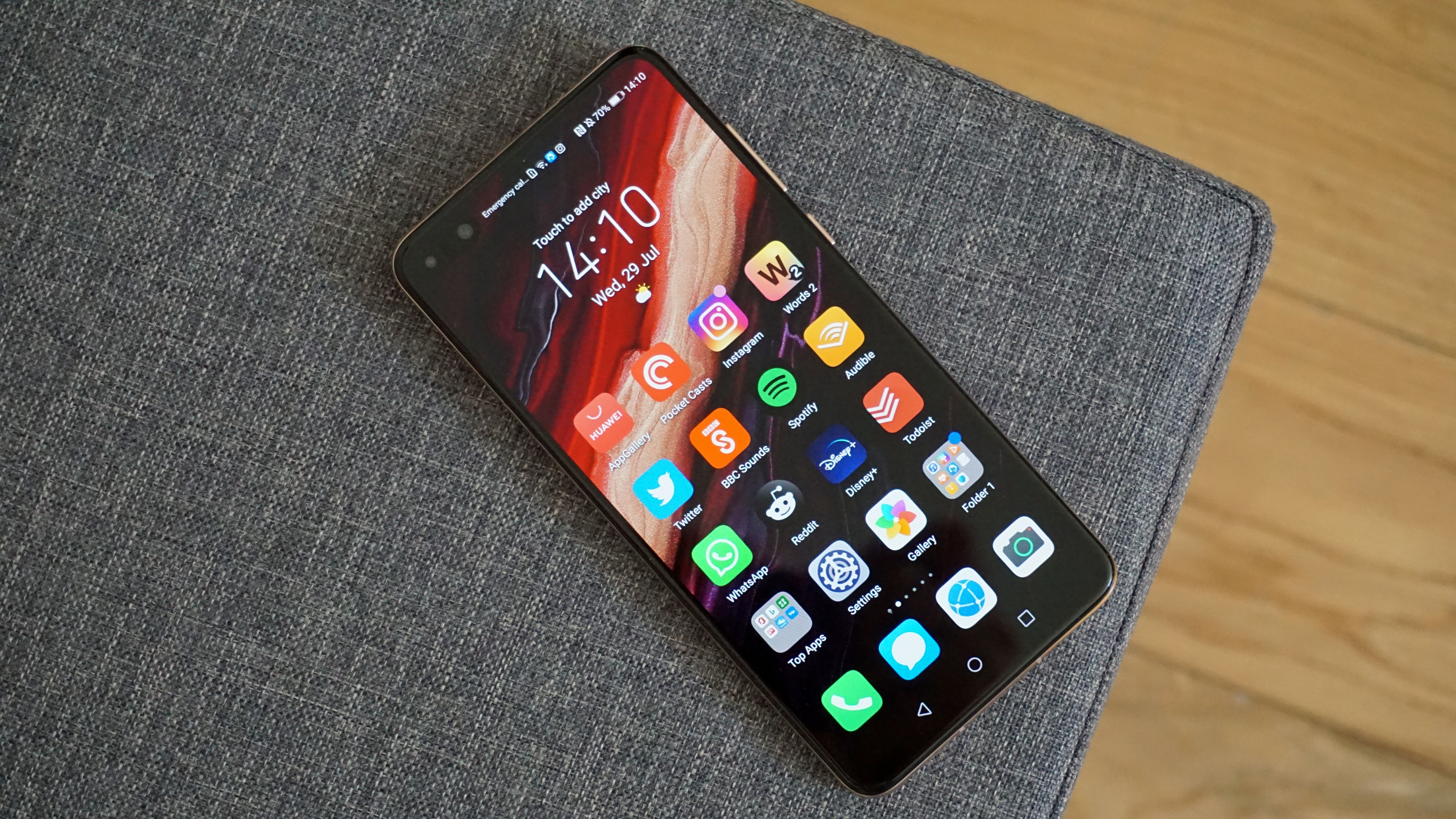
The screen size is impressive, but if you’re looking for a larger display you’ll want to opt for the P40 Pro or Pro Plus.
The P40 is a 60Hz refresh rate, so if you're looking for a display that loads super quickly when you're scrolling through social media or playing games you'll want to opt for another device.
Huawei has included the selfie camera in a cut-out at the top left edge of the screen. That’s in a pill shape, and it’s an unusual look that some may not like. It takes up a lot more of the screen’s space than many other high-end phones - though of course, you’re also getting more lenses than some rivals.
Cameras
- Main wide camera is a 50MP shooter
- 8MP telephoto shooter is one of the best on the market
- 32MP selfie shooter on the front of the phone

The Huawei P40’s Leica-branded camera setup consists of a 50MP f/1.9 primary camera, a 16MP f/2.2 ultra-wide camera, and an 8MP f/2.4 telephoto camera that’s capable of 3x optical zoom, just like the Galaxy S20 and Galaxy S20 Plus. Unlike the P40 Pro, there’s no time-of-flight (ToF) sensor here.
Huawei continues to use an RYYB sensor on its latest flagship line, and this time it’s a huge 1/1.28-inch size, which is the largest sensor Huawei has ever used, and bigger than the one found on the Galaxy S20 Ultra.
Using pixel binning (whereby four of the sensor's pixels are combined into one ‘superpixel’), the phone's main sensor can take 12MP shots that deliver improved low light performance over traditional 12MP camera phones.
Our time with the Huawei P40 allowed us to create some top-end shots that rival the likes of most flagship phones. In fact, we were able to get some of the best smartphone photography we’ve seen on a device of this type (that is to say, on a high but not top-end device).
The Huawei P40 Pro and P40 Pro Plus are both designed to give you a better photography experience, but a lot of what makes those phones great is also available here but just not as fantastic.
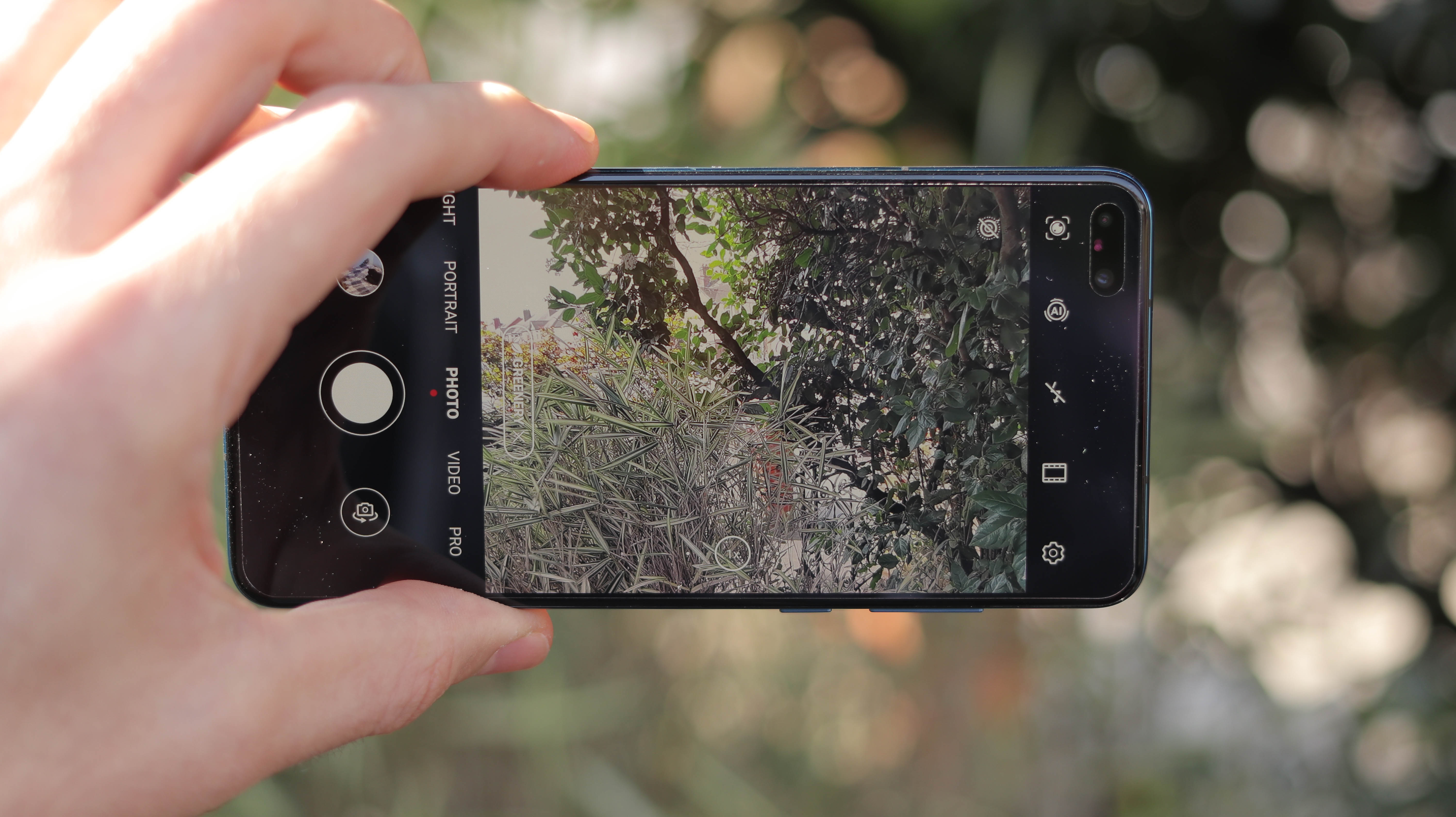
That said, this is a particularly good phone camera for a device of this price and it’s able to keep up with the best iPhones and the Samsung Galaxy S20 range. The telephoto shooter, in particular, remains as great as it was on the P30 range and other P40 devices.

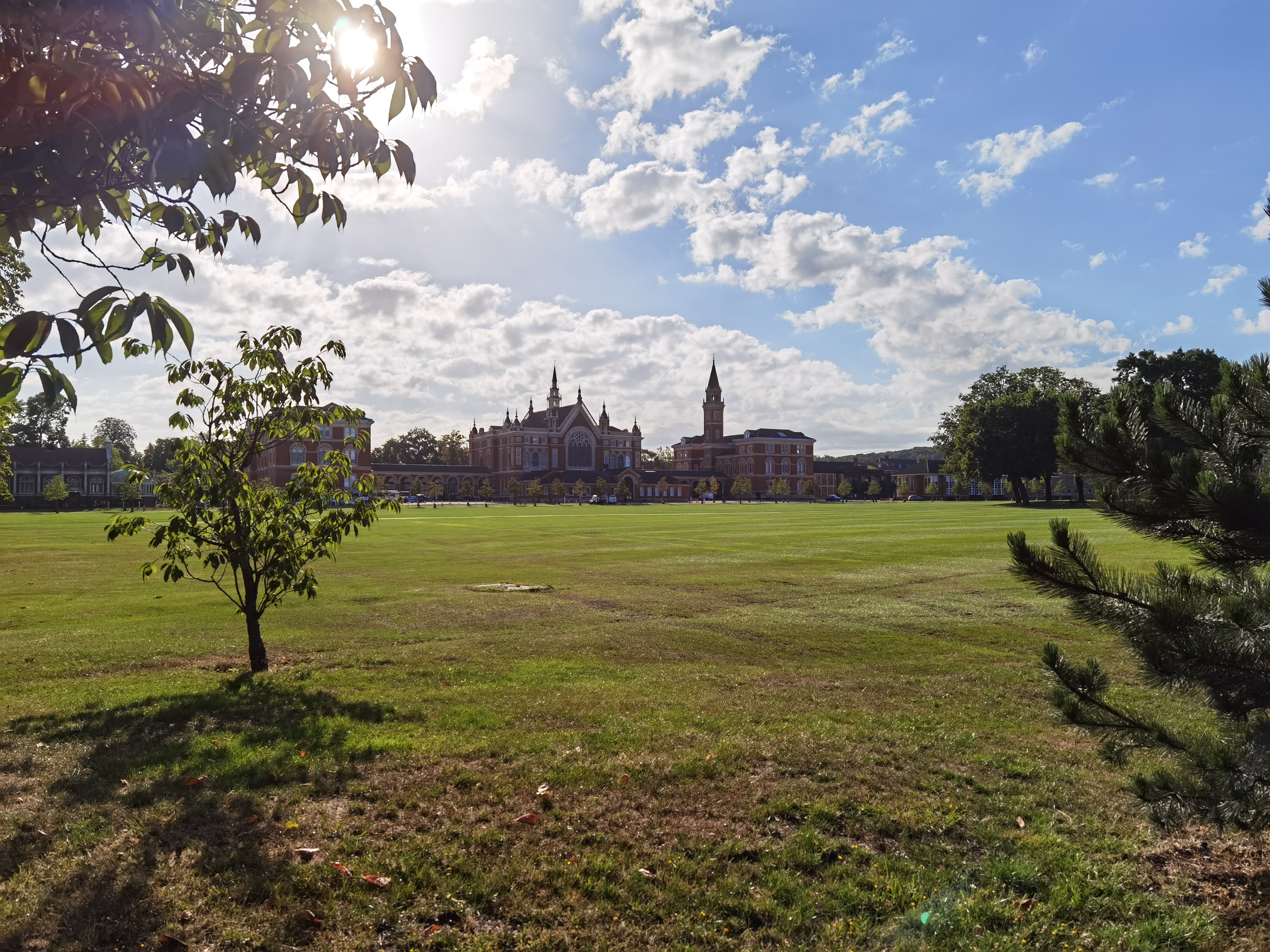



An oblong cut-out on the front houses a 32MP camera sensor and a depth sensor. Packing autofocus, unlike most selfie cameras, the whole P40-series is built for self-portraits, and we can confirm - it’s incredibly flattering.
Add to the mix 4K video captured at up to 60fps across the front and rear cameras, and for the price, the P40 is a camera champ.
Camera samples
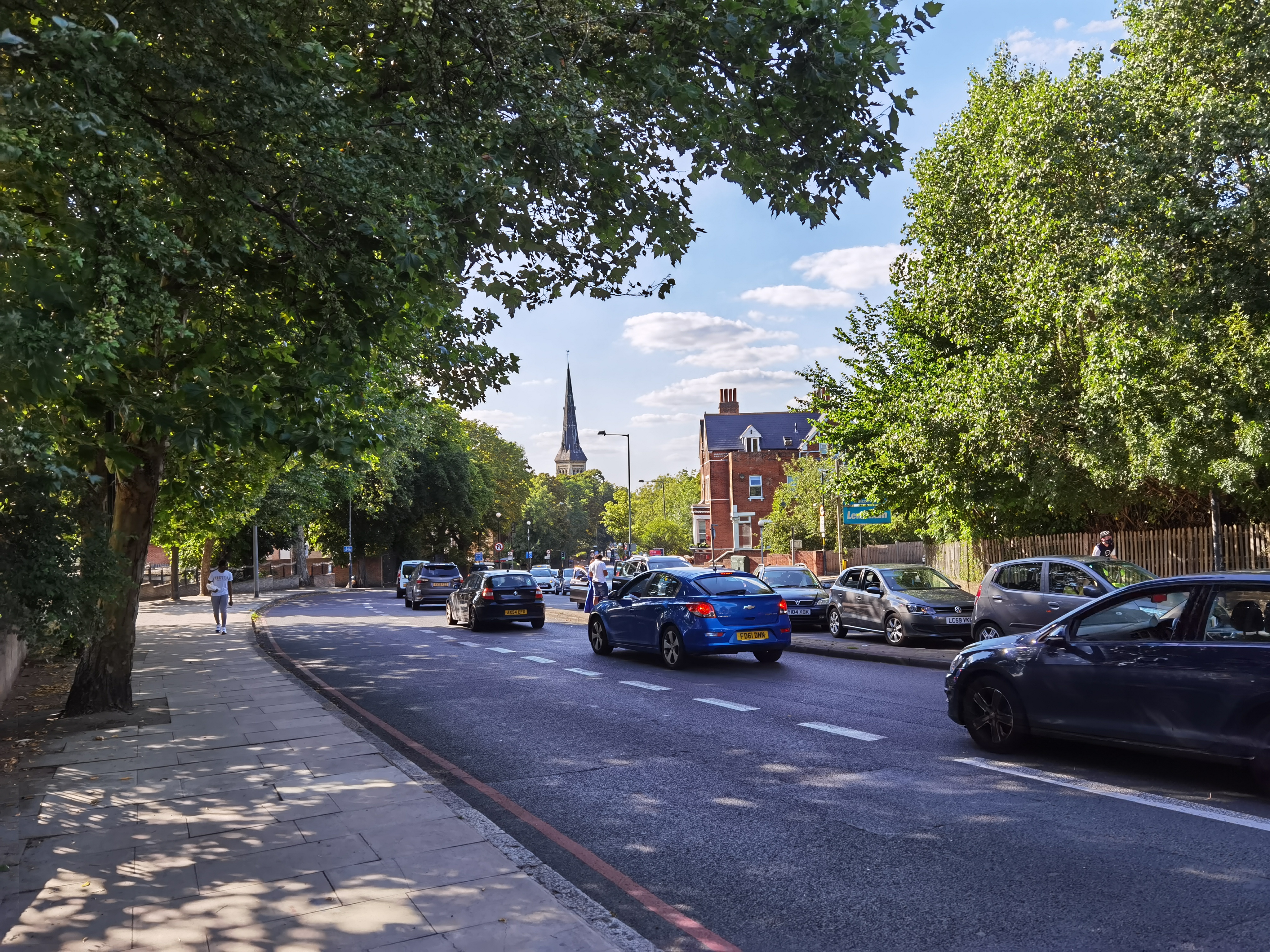



Specs and performance
- Includes Huawei's top processor, which performs well
- Multiple RAM and storage variants
- 5G connectivity so it's future proof too
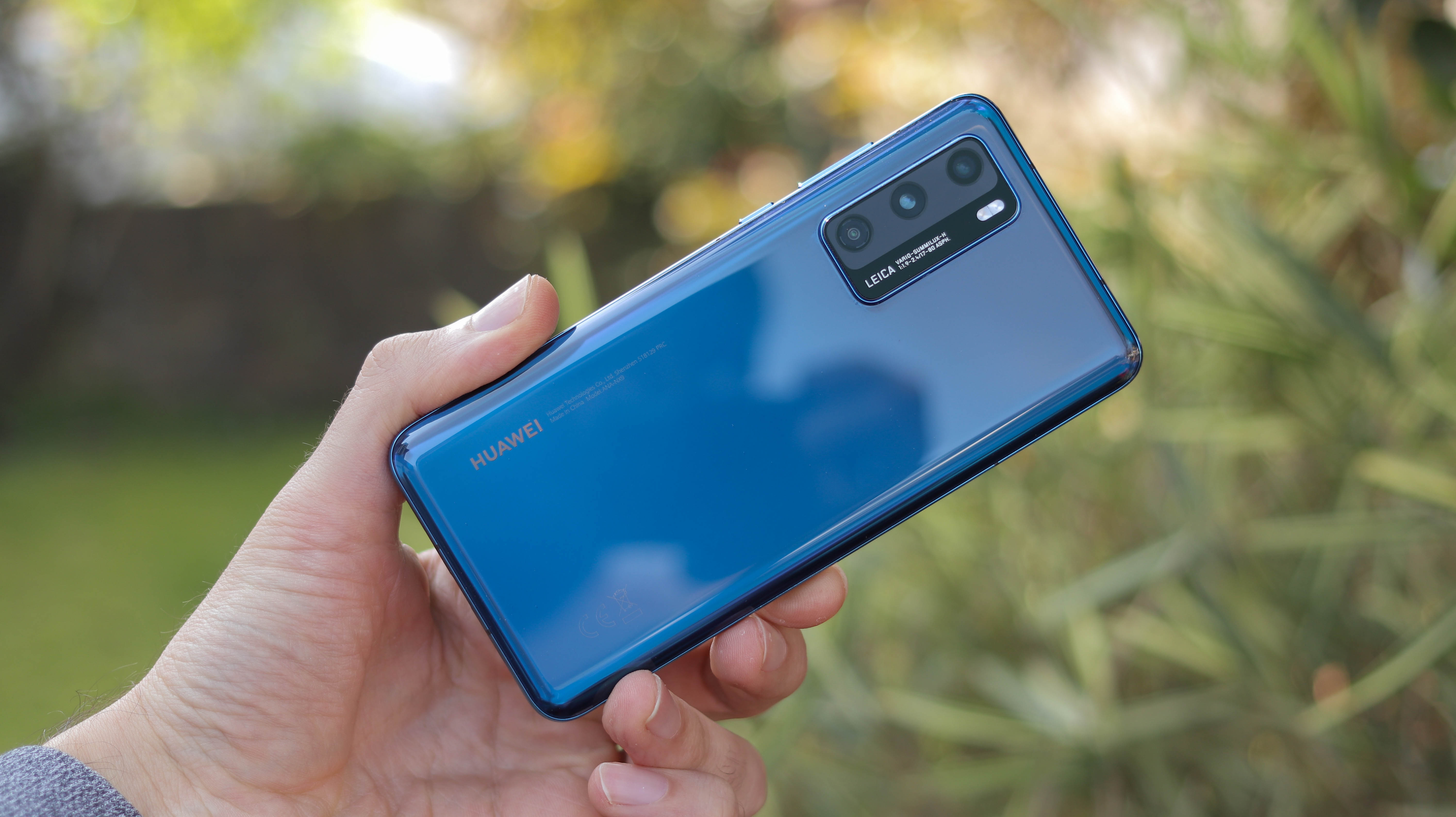
The Huawei P40 is powered by the same Kirin 990 5G chipset that we’ve seen in the Mate 30 Pro and Huawei’s folding phone, the Mate Xs. This is based on 7nm+ manufacturing technology and is plenty fast enough to keep up with the latest flagship phones from rival brands.
The processor is currently the only high-end chipset with integrated 5G, meaning it will work well with the dedicated 5G networks of the future, as well as with the current hybrid LTE/5G networks.
The model we tried had 8GB of RAM, but there’s also a variant that you can buy with 6GB of RAM. We found our model worked very well, and it was capable of playing top-end mobile games like Call of Duty: Mobile with minimum load times.
We found the phone scored 2994 in Geekbench 5 software, which is higher than the Samsung Galaxy S20 (that got 2699) and also exactly the same as the Huawei P40 Pro.
You’ll get 128GB or 256GB of storage depending on what variant of the phone you buy, and there’s also Nano Memory card support if you’re looking to upgrade on top of that.
Software
- Hampered by the lack of Google Mobile Services
- That means you won't have access to Play Store and more
The Huawei P40 runs Android 10, with EMUI 10.1 over the top. Given the power inside, there’s no noticeable lag when scrolling through apps or settings, or switching between them, however, without a 90Hz refresh rate screen, the P40 just doesn’t feel as nippy as some other devices like the OnePlus 7T, even though, technically, it’s more powerful.
It's currently unclear when the company will be updating this handset to Android 11 software.
The elephant in the room is that Huawei’s most recent devices aren’t allowed to use a variety of Google Mobile Services. Those include apps such as YouTube and Gmail, as well as the Google Play Store. So a lot of core Android apps and services are absent.
Huawei’s AppGallery is the brand’s alternative to Google’s Play Store (which is absent), and you can also get apps on board with Phone Clone or the APK Pure store. In fact, for the most part getting apps on it wasn’t the problem - it was guaranteeing they would work perfectly.
Uber, for example, doesn’t, as it relies on Google’s location APIs that require Google Mobile Services (which are also absent). Huawei knows this, and it’s trying its best to address the concerns, with a mapping solution set to arrive imminently. As it stands though, for certain core apps you won’t have an alternative service.
Battery life
- Easily last a full day with more leftover in the tank
- No wireless charging, but does have fast-charging
Battery life on the Huawei P40 is remarkably strong, and if you’re using your phone an average amount you may be able to get over a day’s worth of use from a single charge. In fact, at one point in our testing we got a full two days out of it.
It features a reasonably large 3,800mAh battery inside, and fast-charging tech allows you to pump that back up in a short amount of time.

We found the Huawei P40 would often last the full day with still around 30 to 40% left in the tank when we headed to bed on an evening. On days with heavier use, it was nearer to 20%, but we never managed to blitz through the battery in a single day.
So if you’re a heavy duty user, you should still find the Huawei P40 will last for a full day of usage.
Unlike other handsets in the Huawei P40 range, this base model doesn’t come with wireless charging, so you’ll be using the USB-C port at the bottom of the phone instead to recharge the device. That’s a bit of a shame as it’s a feature that’s now commonly available on cheaper handsets from other manufacturers, such as OnePlus.
Should you buy the Huawei P40?
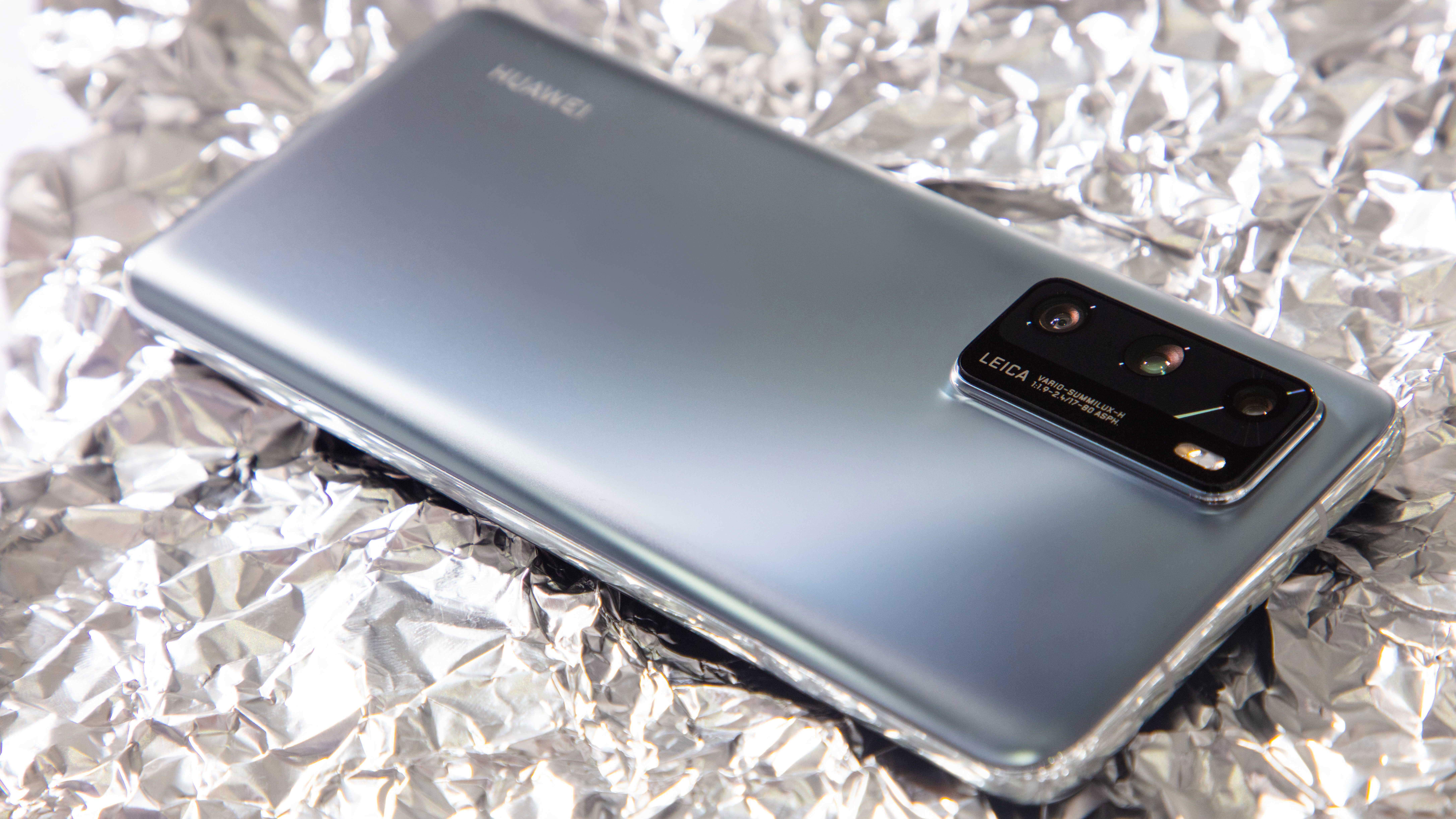
Buy it if...
You need long battery life
The battery life of the Huawei P40 is impressive, and if you’re relatively light with your use you’ll find the phone will easily be able to last for over a full day. If you’re using the phone a lot, you’re still set to get a full day of usage from this.
You need a sturdy camera
The Huawei P40’s camera isn’t the best on the market right now, but it’s remarkably impressive for this price of device and it will be able to do some phenomenal work that will improve your Instagram.
You want a lot of power
We found the Huawei P40 had a lot of power, so if you need a phone that has some impressive internal specs then you might want to consider this handset. It didn’t stutter, and we found it was able to play games well.
Don’t buy it if...
You want access to Google apps
The Huawei P40 doesn’t have access to the Google Play Store and a variety of core Google apps, and that limits it a lot. You should seriously consider whether this will affect your experience with the phone.
You want the best Huawei camera
The P40 Pro and P40 Pro Plus have some even better camera tech included compared to the Huawei P40. If you’re desperate for a Huawei phone and you want the best possible camera, you’ll have to spend more on one of them.
You need wireless charging
Huawei has decided wireless charging isn’t a necessity for the Huawei P40, so you won’t be able to get it on this device. If you want to be able to charge up your device without wires, you’ll want to opt for the P40 Pro or another Android phone.
First reviewed: July 2020

James is the Editor-in-Chief at Android Police. Previously, he was Senior Phones Editor for TechRadar, and he has covered smartphones and the mobile space for the best part of a decade bringing you news on all the big announcements from top manufacturers making mobile phones and other portable gadgets. James is often testing out and reviewing the latest and greatest mobile phones, smartwatches, tablets, virtual reality headsets, fitness trackers and more. He once fell over.
